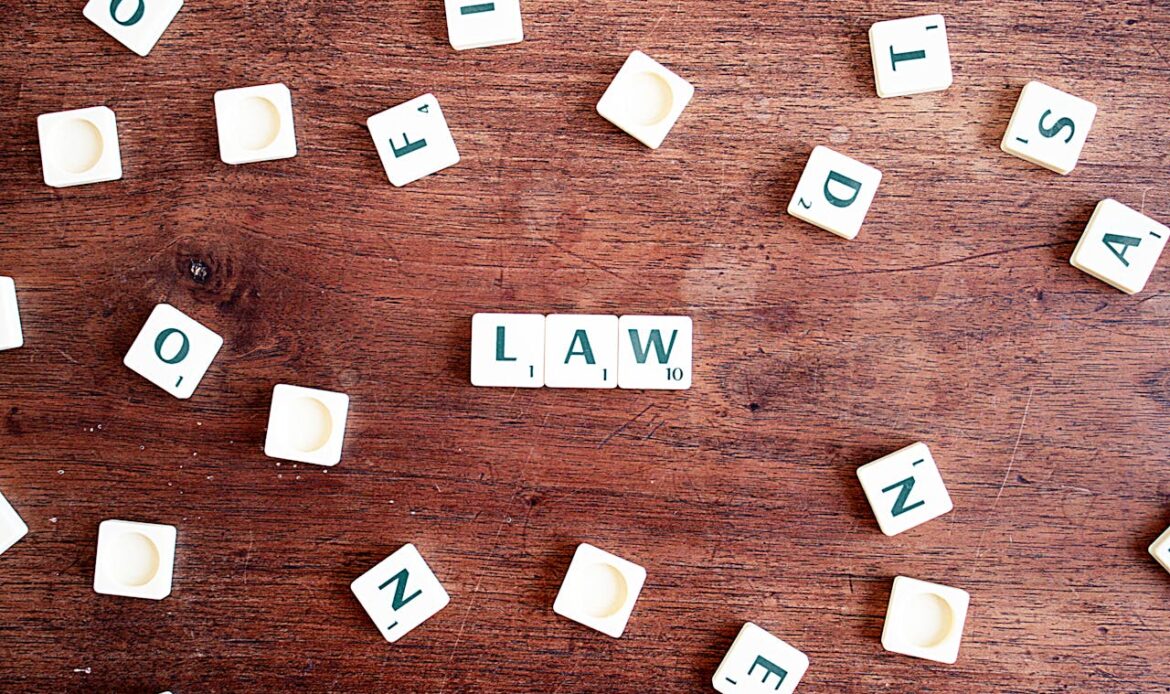Picture this: you’re standing on a steel giant in the middle of the ocean, waves crashing, machinery roaring, and the air thick with the smell of oil and salt. It’s not a scene from an action movie—it’s just another day on an oil rig. When safety protocols fail, resulting in injuries, remember that an oil rig injury lawyer can help workers understand their rights, which is vital. But unlike movie heroes, oil rig workers don’t have superpowers. Their real shield against danger? Personal Protective Equipment (PPE). On an oil rig, let’s dive into the what, why, and “you-better-wear-it-or-else” of PPE.
Head to Toe: Your PPE Checklist
1. Hard Hats
Hard hats aren’t just fashion statements—they’re lifesavers. Falling tools, swinging cables, or unexpected structural shifts can turn a minor mishap into a major injury. These helmets protect your skull from impact; many come with attachments for face shields or earmuffs. Pro tip: if your hard hat has more dents than a used car, it’s time for a new one.
2. Safety Glasses and Goggles
Your eyes are irreplaceable. Protective eyewear shields your vision, whether it’s flying debris, chemical splashes, or sudden gusts of wind. Safety glasses are great for general use, but sealed goggles offer extra protection for high-risk tasks. Foggy lenses? Anti-fog sprays are your new best friend.
3. Flame-Resistant Clothing (FRC)
On an oil rig, fire hazards are as common as coffee breaks. Flame-resistant clothing won’t make you fireproof, but it can buy precious seconds in an emergency. Coveralls from treated fabrics prevent flames from spreading, keeping burns at bay. Plus, they have so many pockets—you might forget where you put your wrench.
4. Gloves
Your hands are your most valuable tools. Oil rig gloves come in various types—cut-resistant, chemical-resistant, and thermal gloves, to name a few. The right pair depends on the job, but one rule remains: no gloves, no work.
5. Steel-Toed Boots
If you think stubbing your toe at home hurts, try dropping a 50-pound pipe on your foot. Steel-toed boots protect against crushing injuries, punctures, and slips. Oil rigs can be slippery, so make sure your boots have non-slip soles and ankle support. Bonus: they double as great weights for a spontaneous workout.
6. Hearing Protection
An oil rig is louder than a rock concert—except there’s no music, just the relentless hum of machinery. Without proper ear protection (earplugs or earmuffs), prolonged exposure can cause permanent hearing loss. Trust me, “What?” gets old fast.
7. Respiratory Protection
Depending on the task, you might need a simple dust mask or a full-face respirator. Oil rigs can expose workers to harmful fumes, gases, and particulates. If you can smell something funky, it’s time to gear up.
Why PPE Is Non-Negotiable
Wearing PPE isn’t just about following the rules—it’s about coming home in one piece. Every piece of equipment has a purpose, whether it’s guarding against burns, blasts, or blunt force trauma. Accidents on oil rigs happen fast, and there’s often no time to react. PPE serves as your first line of defense.
But let’s be real: it’s not always comfortable. FRCs can be hot, hard hats can itch, and goggles might fog up at the worst times. Still, the alternative—life-altering injuries or worse—is far less comfortable. The goal isn’t just to “look safe” for a checklist but to be safe every second you’re on that rig.
When Safety Measures Fall Short
Here’s the harsh truth: even with all the right PPE, accidents can still happen—sometimes because of faulty gear, neglected maintenance, or company negligence. If you ever find yourself injured despite doing everything right, don’t just brush it off.
Speaking with a lawyer specializing in oil rig injuries can be a game-changer. They can help you determine if safety protocols were ignored, if your equipment was subpar, or if someone else’s mistake harmed you. You have rights, and an expert oil rig injury lawyer can help you protect them—because no one should have to fight for fair treatment after fighting for their life on the job.
Conclusion
Working on an oil rig is tough, risky, and not for the faint of heart. But the right PPE makes a difference, turning potential tragedy into a narrow escape. So, wear your gear, check it often, and never cut corners regarding safety. If the unthinkable happens, know that a lawyer can be your next line of defense. Because out there, on the open sea, the only thing standing between you and disaster is the armor you wear—and the people who have your back.


